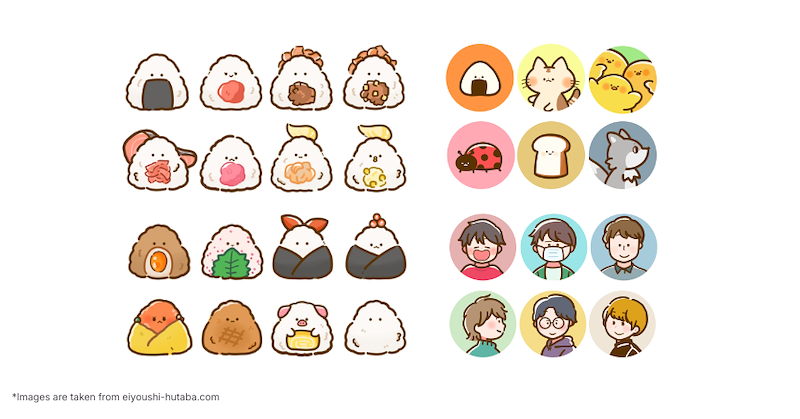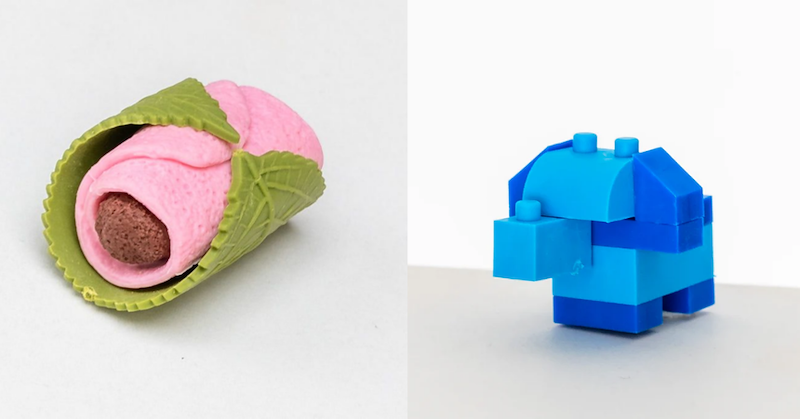
The Evolution of Japanese Calligraphy
If you watch historical Japanese or Chinese dramas, then you’ll notice that writing wasn’t just to pass on a message; it was art in itself. Calligraphy, or Shodo, the art of beautiful writing, has been a key part of Japanese culture for centuries. Rooted in ancient traditions and influenced by various historical periods, the evolution of Japanese calligraphy is a fascinating journey that reflects the country's artistic, cultural, and spiritual growth. Surprisingly, Japanese calligraphy is still practiced today in Japan even though it is not as popular. It is taught in schools, and there are even special brush pens used for the art.
If you've ever wondered how this art form started, grab a virtual seat as we explore the variety of calligraphy styles and the historical ride that has shaped its incredible journey.
How Did Japanese Calligraphy Start?
Japanese calligraphy traces its roots back to China, where the art form was introduced during the 6th century. At that time, China’s writing system was more developed, with about 50,000 Kanji characters. Initially, Japanese calligraphy closely mimicked Chinese styles, using the Kanji characters imported from the Chinese writing system adapted to the Japanese writing system. This type of style was called Karayo. Over time, however, Japan developed its unique scripts, such as hiragana and katakana, which significantly shaped the distinct identity of Japanese calligraphy.
What Is The History Of Calligraphy?
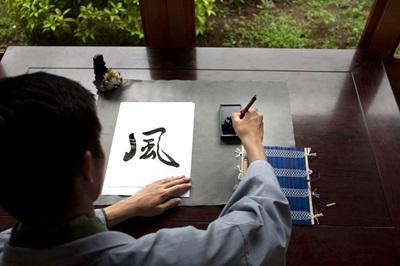
Heian Period Calligraphy
During the Heian Period (794-1185), Japanese calligraphy began to take on its own identity, marked by a focus on artistic refinement. At that time, people practiced calligraphy by copying Chinese texts and poems. Japanese and Chinese calligraphy were not that different until the emergence of kana. Reading kanji using Japanese sounds could not capture the language completely. That was why Kana characters were created.
Hiragana, also known as “women’s hand,” or onna-de in Japanese because of its more graceful script, started becoming popular in the late Heian period, and it slowly reduced the over-dependence on Chinese kanji script.
The kana characters made writing certain pronunciations possible, and calligraphers started writing poems using kana. The calligraphy style was called Oieryu, which meant royal family style because it was used by the elites in the Heian period.
Muromachi Period Calligraphy
The Muromachi Period (1336-1573) marked a significant turning point in Japanese calligraphy with the rise of the Zen Buddhism influence. Zen monks incorporated calligraphy into their meditative practices and created a calligraphy writing style called ‘bokuseki’. They just made their bodies the brushes, emptied their minds, and just let the ink flow. It was a form of meditation for monks, and their writing style was characterized by bold strokes, simplicity, and a focus on conveying the artist's state of mind, not beauty because monks were not expected to be professional calligraphers. Notable Zen monks like Ikkyu Sojun introduced the appreciation of calligraphy during tea ceremonies, which became a popular tradition. He was one of the highest celebrated calligraphers, leaving a lasting impact on the art form.
Edo Period Calligraphy
The Edo Period (1603-1868) brought about a flourishing of calligraphy as an art form accessible to the masses. Calligraphy schools helped spread writing to the common masses. During this time, Japan was closed off from the rest of the world, so Calligraphy schools emerged, each with its unique approach and teachings. A calligraphy style known as edo moji was created, but it was used to write banners names of streets and wrestlers. It was a mostly artistic style without any religious connection, like the bokuseki. This era witnessed the development of diverse styles. Calligraphers like Hon'ami Koetsu added poetry to his calligraphy, which was new then, and Hosoi Kotaku, who advanced the Karayo calligraphy style, gained popularity.
When the Edo period ended, and Japan could connect with the rest of the world again, calligraphy took two routes. Some people were still influenced by Chinese calligraphers, while others decided to improve the new Japanese scripts.
Meiji Period and Modernization of Calligraphy
The Meiji Restoration in the late 19th century brought about rapid modernization in Japan, impacting various aspects of culture, including calligraphy. Traditional calligraphy faced challenges as Westernization took hold, but there is now a renewed interest in preserving and adapting calligraphy to the changing times. Today, it is taught to children in schools and they can continue learning in calligraphy clubs. You can buy Japanese calligraphy pens instead of using brushes, and there are also seasonal calligraphy competitions, especially in places like Kyoto.
How Many Types Of Japanese Calligraphy Are There?

Kaisho (楷書): The Standard Script
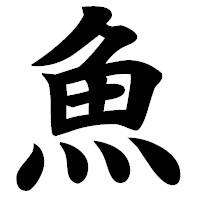
Kaisho, the "standard script," serves as the foundation of Japanese calligraphy. This technique has squared-off strokes, emphasizing balance and uniformity. It is used for formal writing, documents, and signage; Kaisho provides a clear and structured appearance, making it readable. People start learning Shodo using the Kaisho script because it is easier than others.
Tensho (篆書): The Seal Script
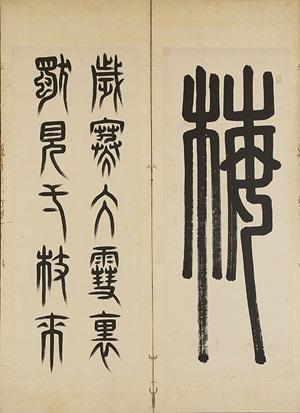
Tensho, known as the "seal script," draws its inspiration from ancient Chinese characters engraved on seals and bronze vessels. This technique has angular and geometric forms. It is used to write seals and make Hanko for document signing.
Reisho (隷書): The Clerical Script
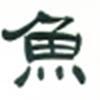
Reisho, the "clerical script," exudes elegance and formality. This technique originated during the Han dynasty in China and later found its way into Japanese calligraphy. Reisho has smooth, flowing strokes and a balance between curved and straight lines. It was created after Tensho script because it was more legible. It looks similar to Kaisho, but it is slightly wider.
Sōsho (草書): The Cursive Script
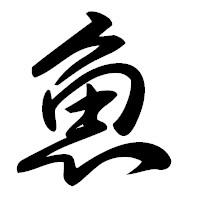
Sōsho, the "cursive script," is the wild child of Japanese calligraphy. Here, strokes become highly abstract, flowing into one another with an almost dance-like rhythm. Sōsho is the fastest script to write, but it is difficult to read if you are unfamiliar with it. It captures the energy and spontaneity of the calligrapher's emotions.
Gyōsho (行書): The Semi-Cursive Script
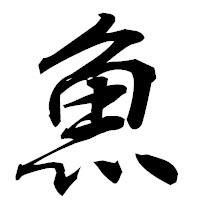
Gyōsho strikes a balance between the rigid formality of Kaisho and the free-flowing nature of Sōsho. The strokes in Gyōsho are connected, so the brush seldom leaves the paper. It was derived from Reisho, and it is also called running script. This technique is commonly used in personal letters, poetry, everyday writing, and expressive pieces.
Bokuseki (墨跡): The Art of Ink Traces
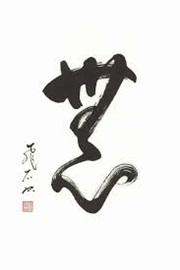
Bokuseki, literally meaning "ink traces," is a technique that celebrates the unique marks left by the brush on paper. It often involves spontaneous strokes that capture the artist's state of mind. Bokuseki is less concerned with legibility and more focused on the raw, unfiltered expression of the calligrapher's emotions.
Japanese calligraphy isn't just about characters on paper; it's a living art form that breathes life into the strokes and swirls, reflecting the soul of the calligrapher. The beauty lies in the diverse techniques that harmonize tradition and innovation.
For those obsessed with the artistry of calligraphy, get connected with Japan by diving into the world of ZenPop Stationery.
This article was originally written by our freelance writer Umm-Kulthum Abdulkareem and edited by us.
